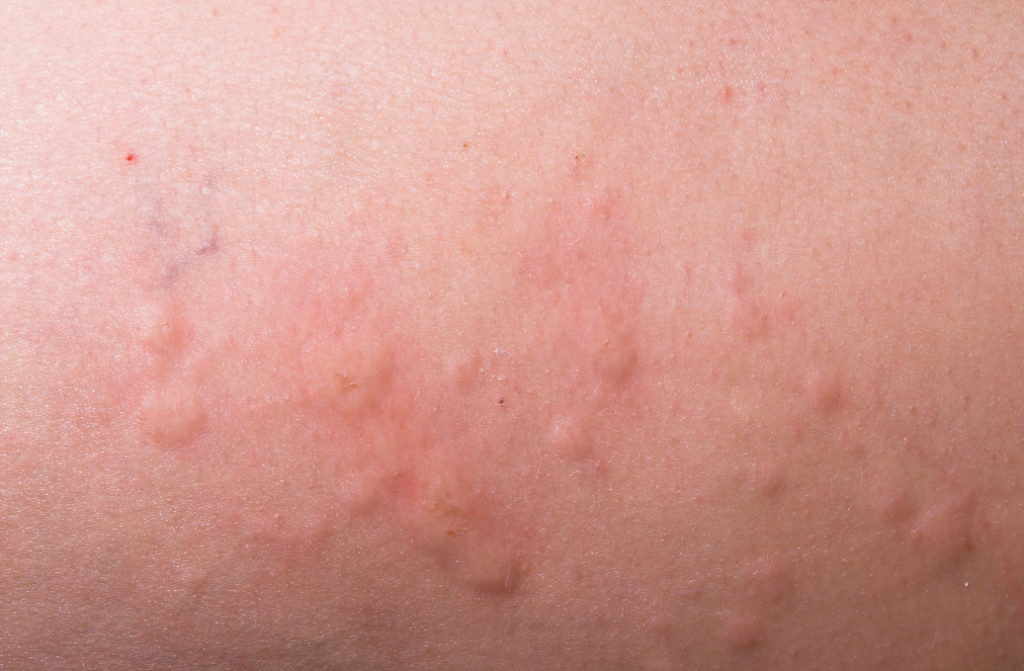Want to save 25%? Check out our Subscriptions!
HS-related pain can range from mild discomfort to severe agony, making it essential for individuals to seek appropriate pain relief strategies. While there is no cure for HS, pain management can help minimize the impact of this debilitating condition on daily life. A multidisciplinary approach involving healthcare professionals, such as dermatologists, pain specialists, and psychologists, is often necessary to develop a personalized pain management plan.


Lifestyle modifications can also play a significant role in managing HS-related pain. Keeping the affected areas clean and dry can help prevent infection and minimize discomfort. Wearing loose-fitting clothing from breathable fabrics, like cotton, can reduce friction and irritation. Avoiding activities that cause excessive sweating or friction, such as intense physical exercise or tight clothing, can also help alleviate pain. Maintaining a healthy weight through a balanced diet and regular exercise may contribute to pain management by reducing strain on the affected areas.
Complementary therapies have gained popularity in managing chronic pain, including HS-related pain. Techniques such as mindfulness meditation, deep breathing exercises, and progressive muscle relaxation can help individuals cope with pain and reduce stress. Acupuncture, a traditional Chinese medicine practice involving the insertion of thin needles into specific points on the body, has shown promise in managing chronic pain conditions and could be considered a complementary therapy for HS-related pain. However, consulting with a healthcare professional before starting any complementary therapy is essential to ensure its safety and efficacy.


In some cases, oral medications may be prescribed to manage HS-related pain. Nonsteroidal anti-inflammatory drugs (NSAIDs) like ibuprofen or naproxen can help reduce pain and inflammation. For individuals with severe pain, opioid analgesics may be prescribed cautiously and under close supervision due to the potential risks associated with long-term opioid use.
It is crucial to understand that pain management in HS should be tailored to each individual’s needs. What works for one person may not work for another. Consulting with healthcare professionals specializing in pain management and HS is essential in developing an effective and personalized plan. They can assess the severity of pain, consider individual factors such as medical history and potential drug interactions, and guide individuals toward the most suitable pain management strategies.

Furthermore, individuals with HS need to be proactive in managing their pain. Keeping a pain diary, documenting pain levels, triggers, and the effectiveness of different pain relief methods, can provide valuable information for healthcare professionals. This data can help them adjust the pain management plan and optimize the treatment approach.
Effective pain management is crucial for individuals living with Hidradenitis Suppurativa. Various approaches, including topical treatments, lifestyle modifications, and complementary therapies, can contribute to pain relief and improved quality of life. However, working closely with healthcare professionals to develop a personalized pain management plan is imperative. By taking a multidisciplinary approach and considering individual needs, individuals with HS can find relief from pain and enhance their overall well-being.